First introduced in 1997 and named after a predatory bird, the Toyota Harrier was introduced as a rebadged Lexus RX for the Japanese market, and it pioneered the Urban SUV niche. Now 23 years later, Toyota has unveiled the new 4th generation XU80 Harrier, which is slated for release in Japan this June.
Externally, the new Harrier is more evolutionary rather than revolutionary when compared to its predecessor. Carrying over the blanked-out upper grille flanked by slim LED headlights, and a large lower intake, the design of the front is broadly similar. However, the aggressive cuts and lines of the previous generation have been mellowed down. The rear sees the most noticeable change with an LED light bar running across the tailgate.

The real difference in the Harrier is under the skin. The new Harrier rides on Toyota’s new TNGA (GA-K) modular platform. Toyota says this platform “creates a highly rigid body with a low centre of gravity in pursuit of both ride comfort and vehicle driving performance with a focus on driver sensitivity”. The new chassis is larger than before, and now supports both petrol and hybrid powertrains. Unfortunately, for reasons unknown, Toyota has decided to drop the turbocharged 2.0-litre engine for this new generation.
The TNGA platform brings with it Toyota’s all-new petrol Dynamic Force Engine with Direct-Shift CVT, together with Toyota Hybrid System. Both the petrol and hybrid variants are available in either front-wheel drive or four-wheel drive and will be utilising a CVT gearbox.
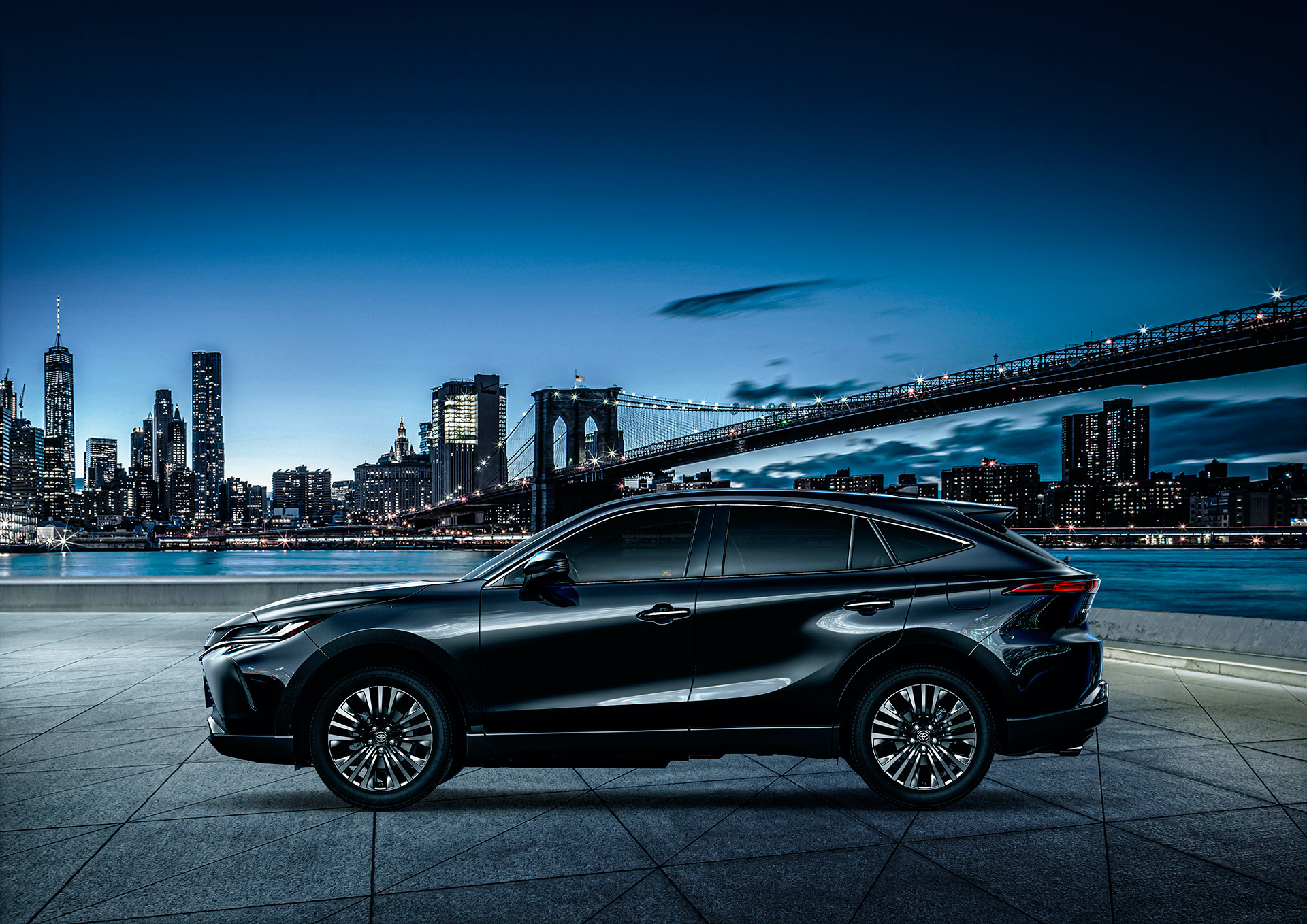
The petrol variant is powered by a naturally aspirated 2.0-litre four-cylinder engine, producing 171hp and 206Nm of torque. Mated to the Direct Shift CVT gearbox, the 4WD variant uses a Dynamic Torque Control that incorporates Toyota’s AIM (AWD Integrated Management) system. AIM allows optimal management of torque, 4WD, brakes, and steering according to the drive mode selected.
The hybrid variant, on the other hand, will be powered by a naturally-aspirated 2.5-litre four-cylinder engine producing 178hp and 221Nm of torque, combined with either one or two electric motors. Power is channelled via an E-CVT transmission.
Front-wheel drive models get a single electric motor mounted on the front axle, producing 120hp/202Nm. The 4WD model, on the other hand, adds on a 54hp/121Nm electric motor on the rear axle and utilises E-Four 4WD system integrated with a similar AIM system found in its petrol counterpart. This hybrid system generates a combined system output of 218hp for the front-wheel drive and 222hp for the 4WD.
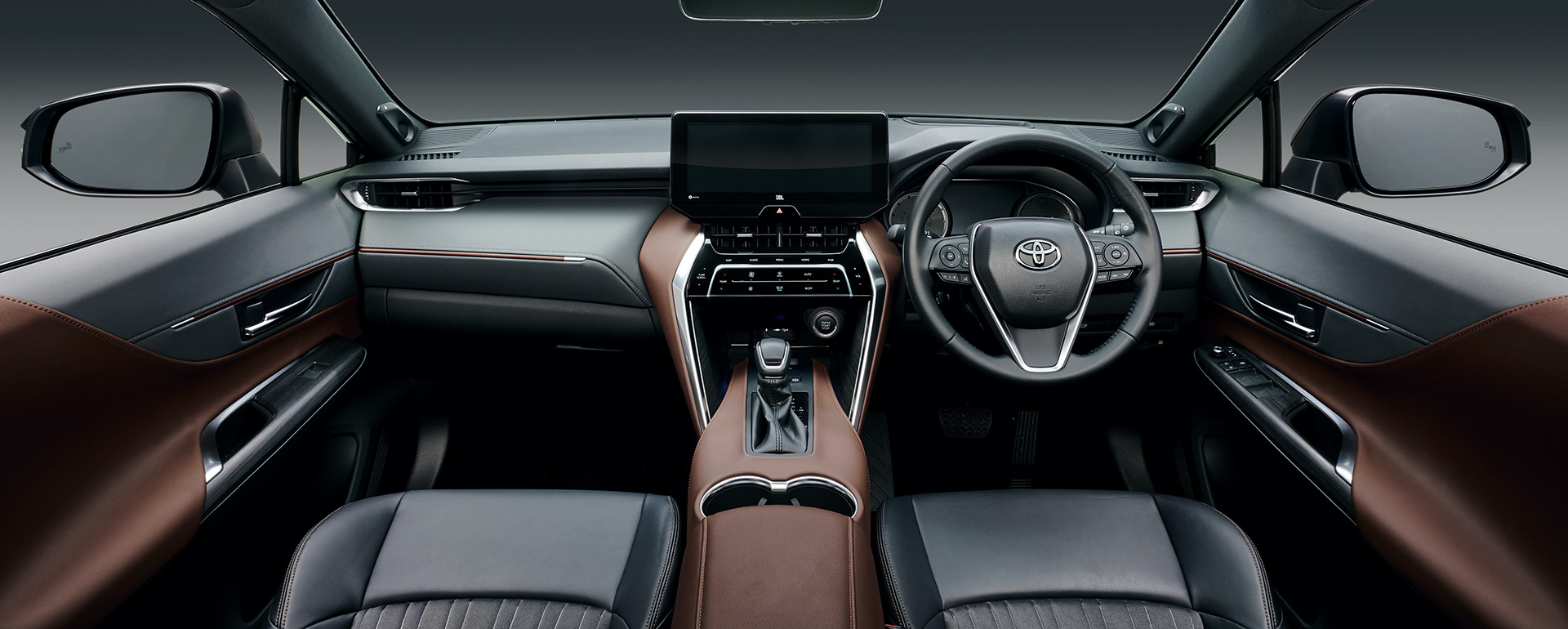
Inside, the Harrier gets a much neater and well-integrated layout than before. The stand out feature is the floating 12.3-inch TFT central touchscreen display that integrates SmartDevice Link, Apple CarPlay and Android Auto. The infotainment comes with an SD card-based GPS navigation system, as well as a nine-speaker JBL premium sound system. However, Toyota seems to have missed a beat by not introducing a fully digital instrument cluster display. Instead, the Harrier incorporates traditional analogue dials, with a central TFT display.
The materials used in the cabin certainly live up to the premium Harrier nameplate. Leather is used extensively across the upper and lower dash, door panels and centre console. Brushed metal inlays in the central control stack, steering wheel and door handles add a subtle but chic flair to liven up the interior.
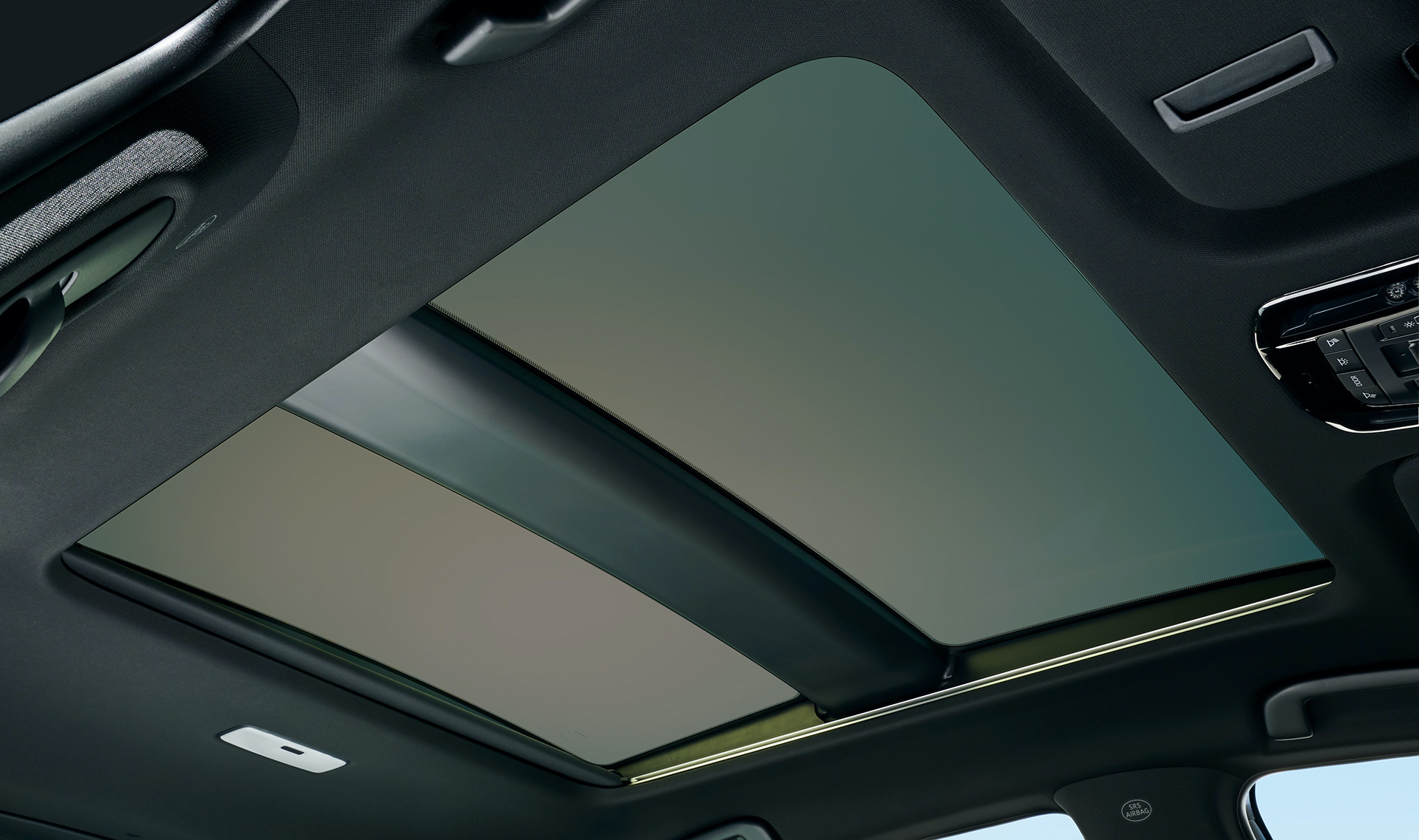
A first in the Toyota line-up, the Harrier will feature Digital Inner Mirror that enables front and rear image recording while driving, a welcomed security feature to deal with unsavoury characters on the road. The Harrier will also be debuting Toyota’s first panoramic sunroof with electric shades and electrochromic dimming function.
Additionally, hybrid variants come with a 100-volt AC/1,500-watt accessory power outlet, which can power household equipment. This system makes the Harrier a power generator on wheels, handy especially during blackouts or emergency situations.
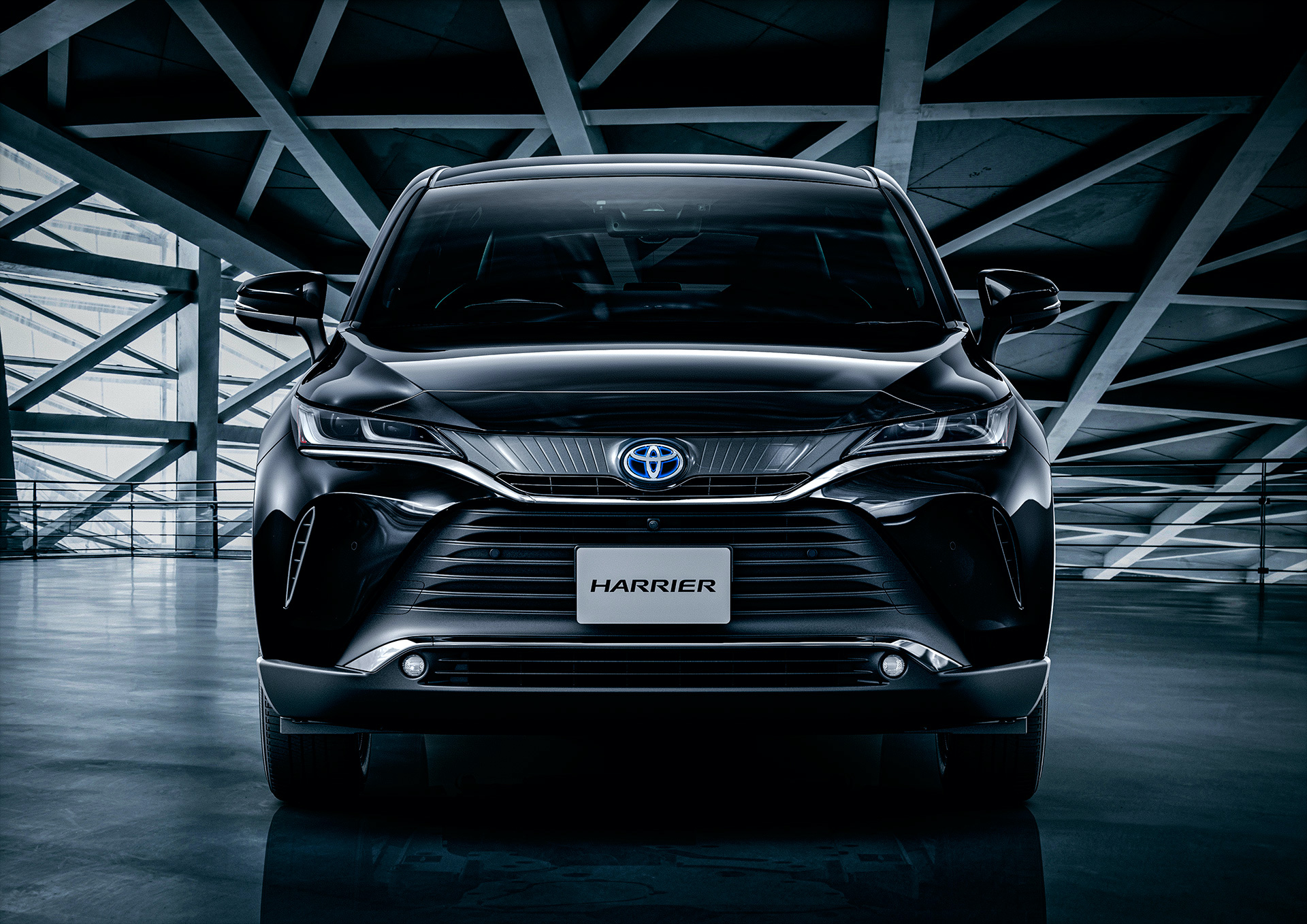
The new Harrier comes equipped with the latest Toyota Safety Sense pre-collision warning system that incorporates day-and-night pedestrian and day-only cyclist detection function. Active Cornering Assist (ACA) is also employed to manage the SUV’s understeer around the corners.
Also included into the Harrier’s safety suit is Intelligent Clearance Sonar with Parking Support Brakes (Stationary Objects) that helps reduce damage from collisions during low-speed driving.
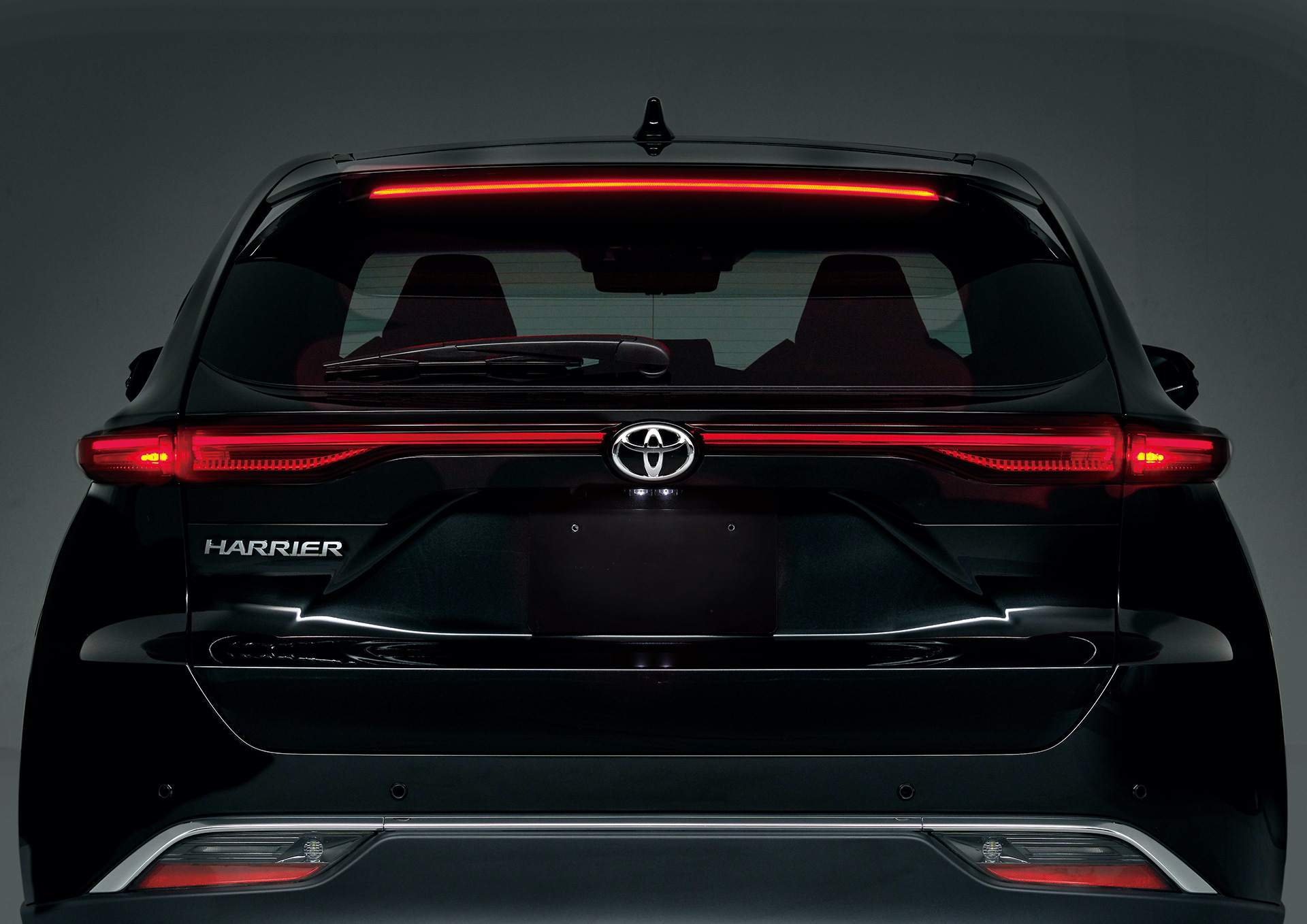
The Harrier used to be a popular choice amongst Malaysians, especially when it was imported as a recon unit. However, when UMW Toyota Malaysia introduced the previous generation as a full-fledged line-up, it did not live up to the sales expectation mainly due to the RM250,000-plus asking price as a result of CBU import duties.
Although no official announcements have been made, we strongly suspect UMW Malaysia has a strong case to not bring in the 2020 Harrier as a model line-up. Nevertheless, with the ever-growing popularity of SUV’s in Malaysia and UMW’s penchant for surprises, only time will tell if the Harrier will once again spread its wing on our roads. Or, you can always have a look at the Lexus RX.






